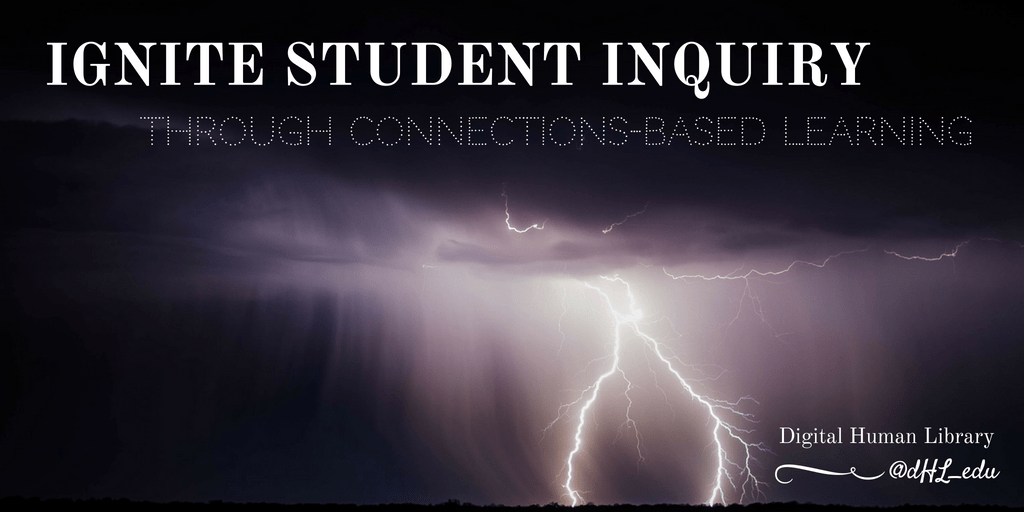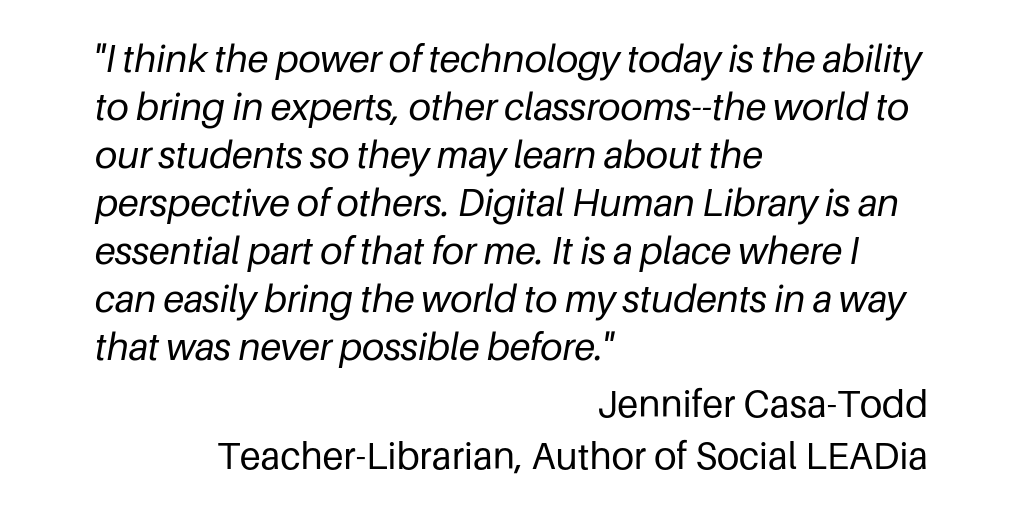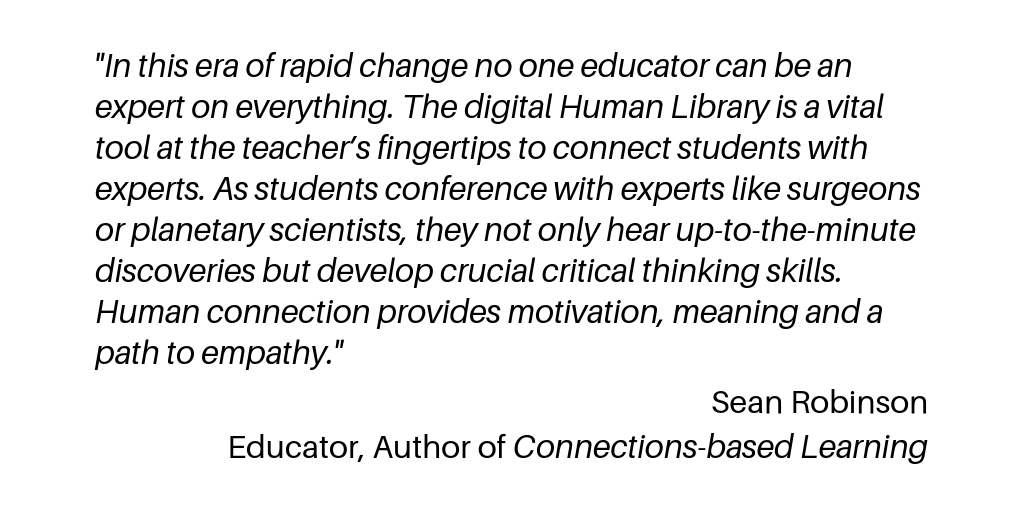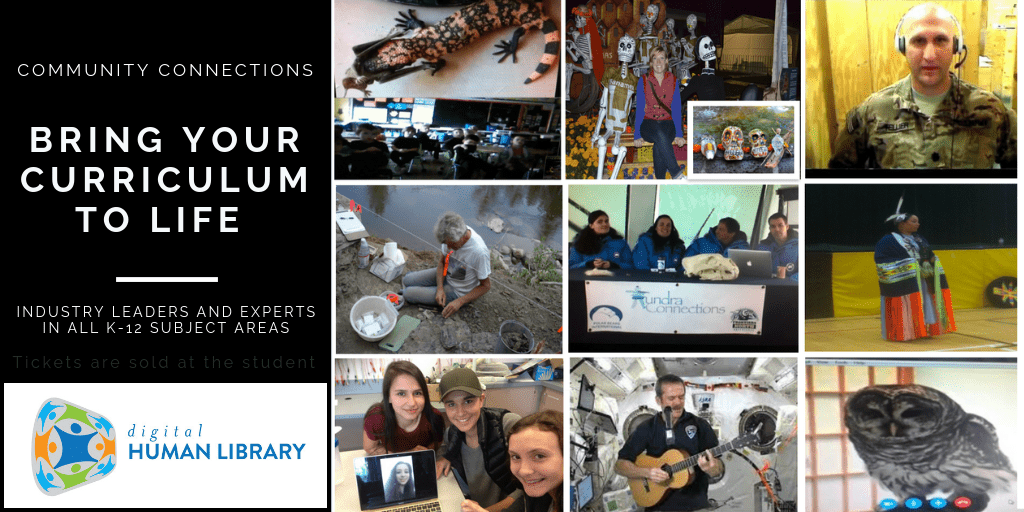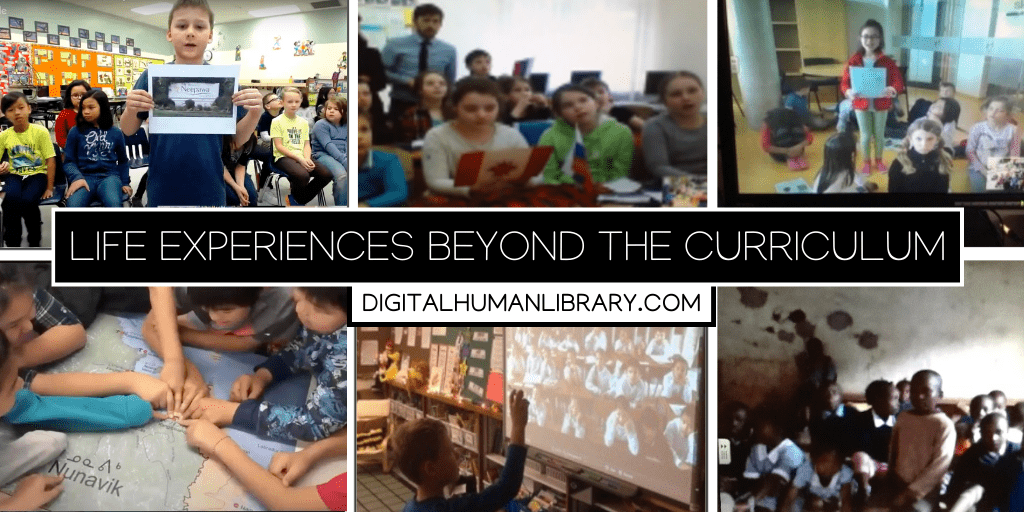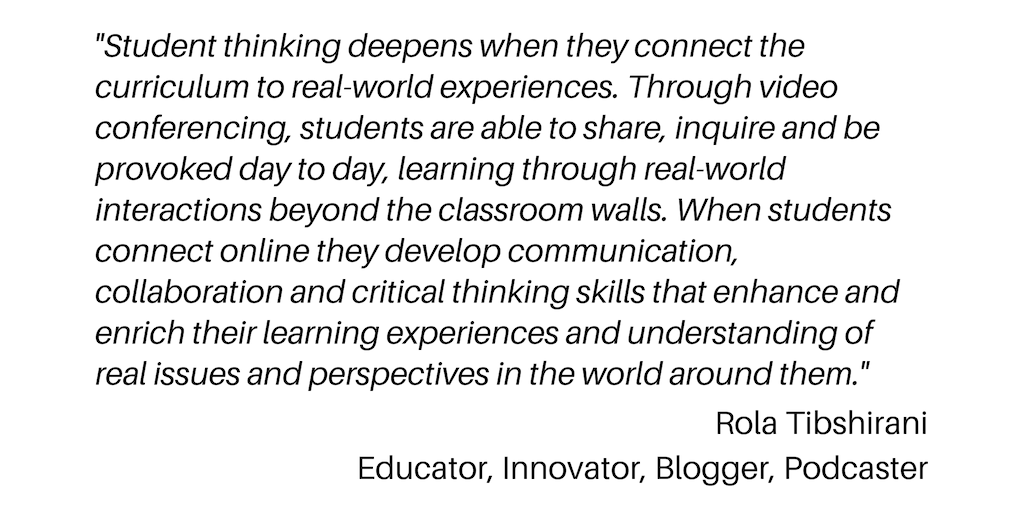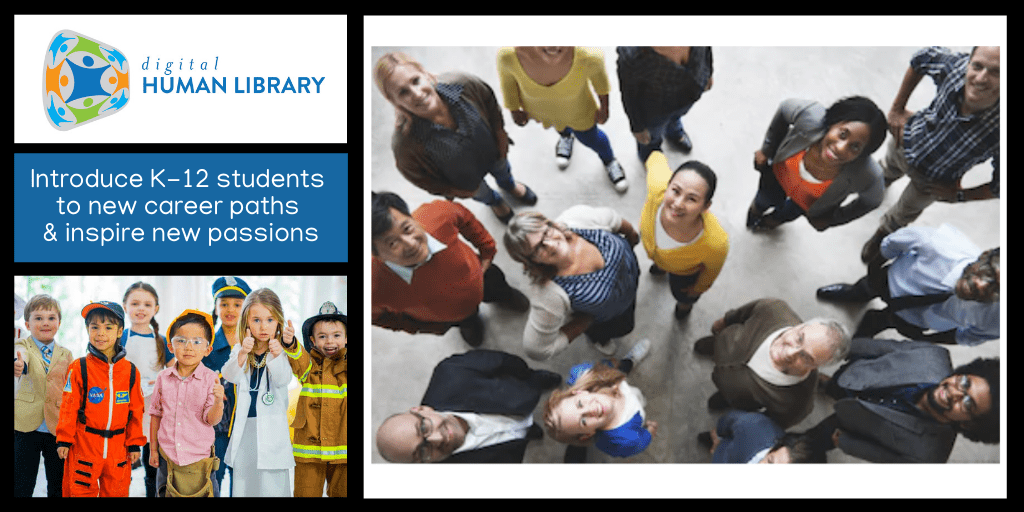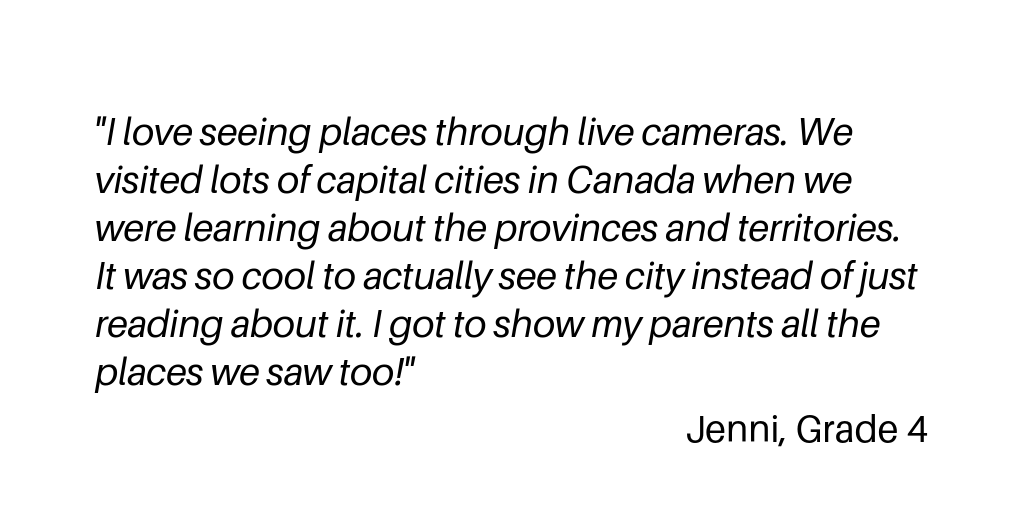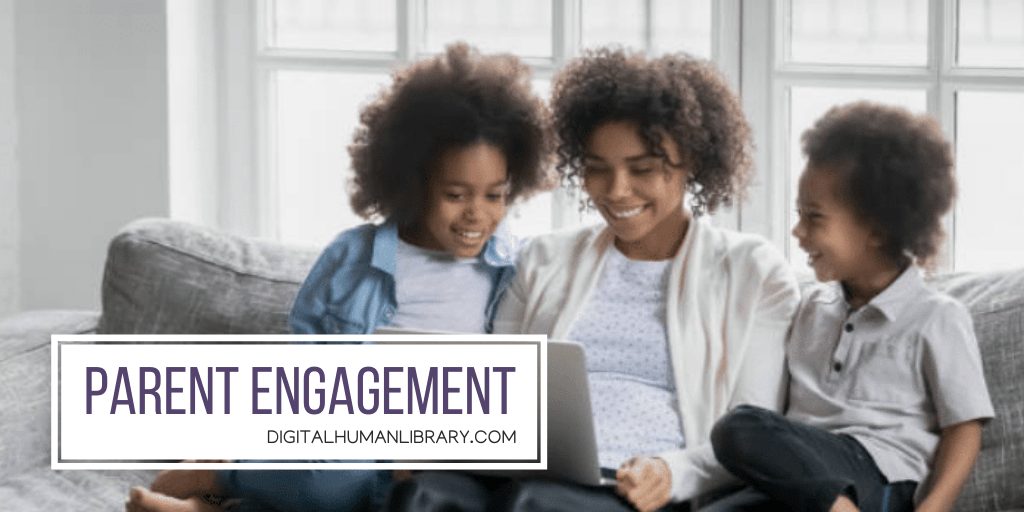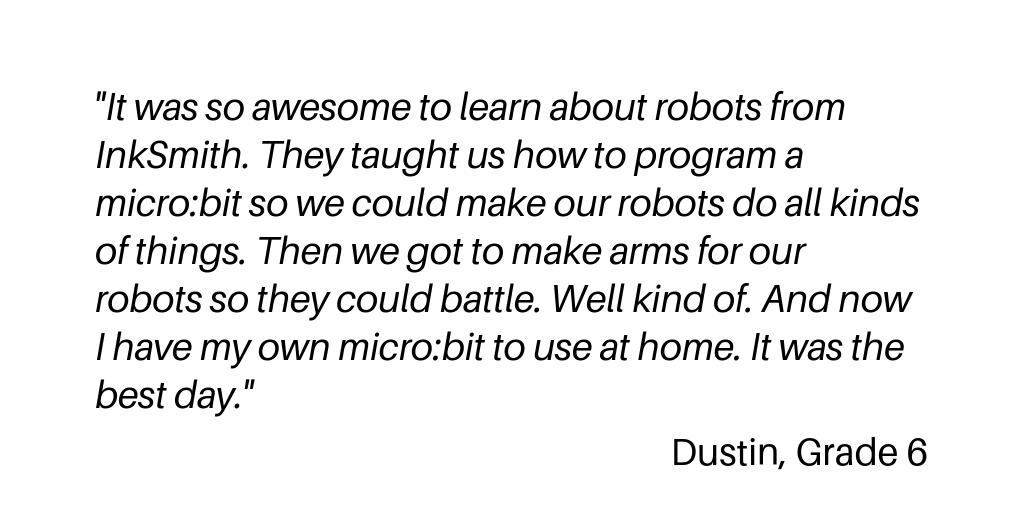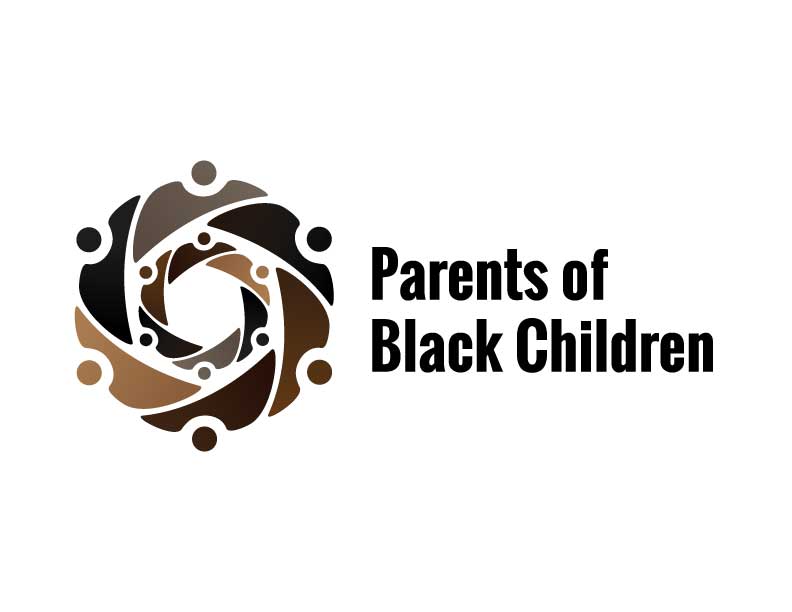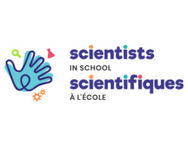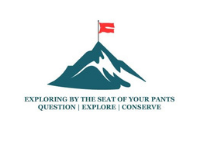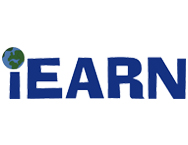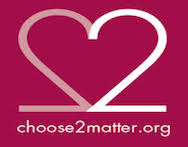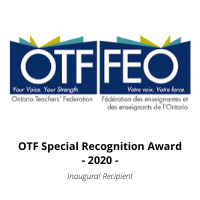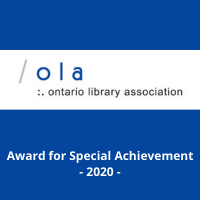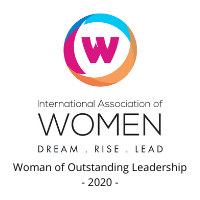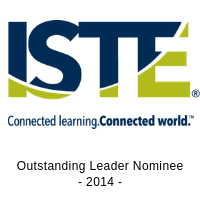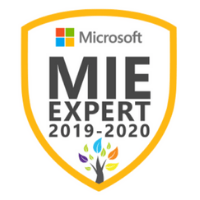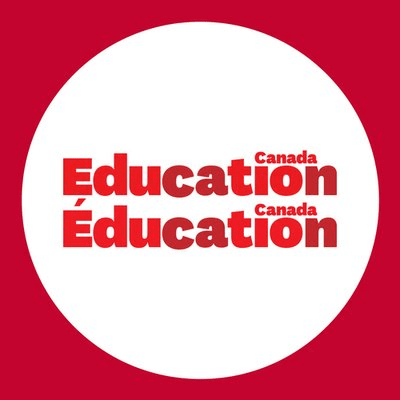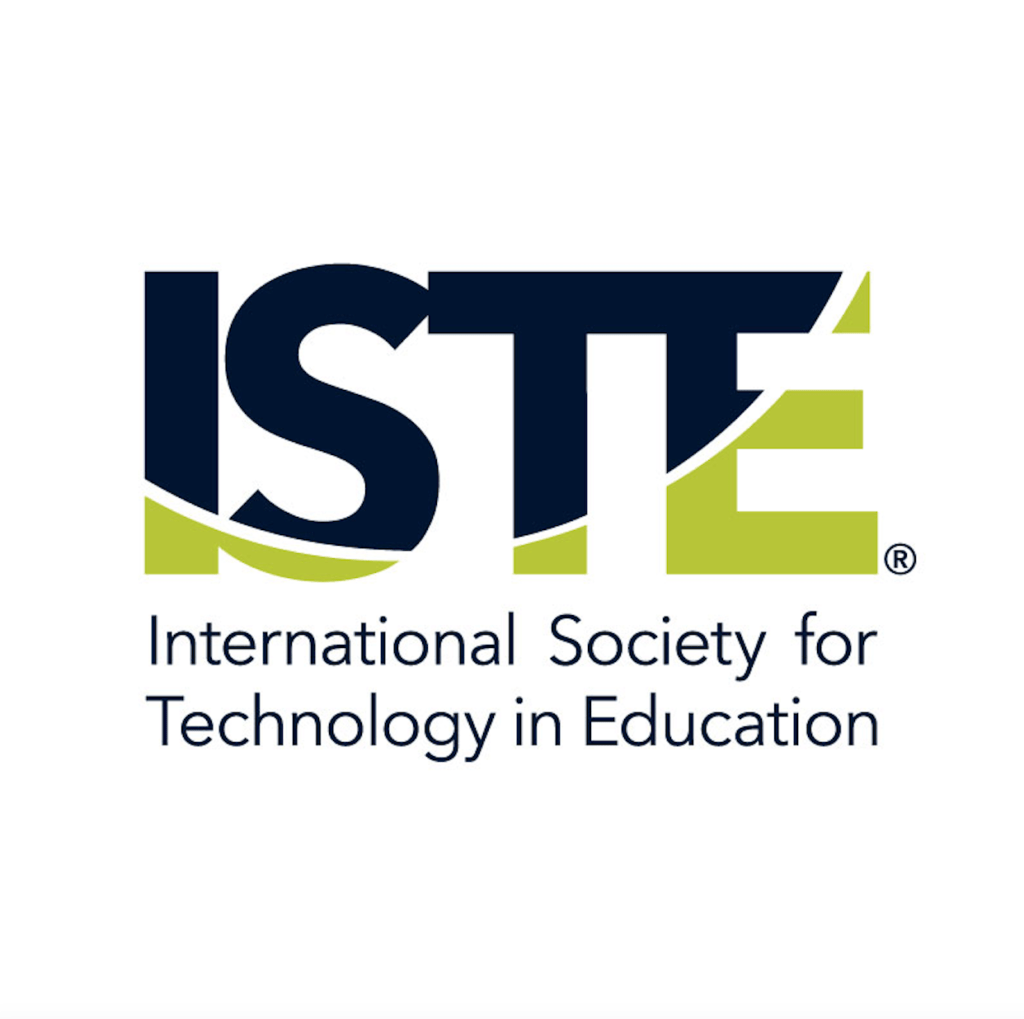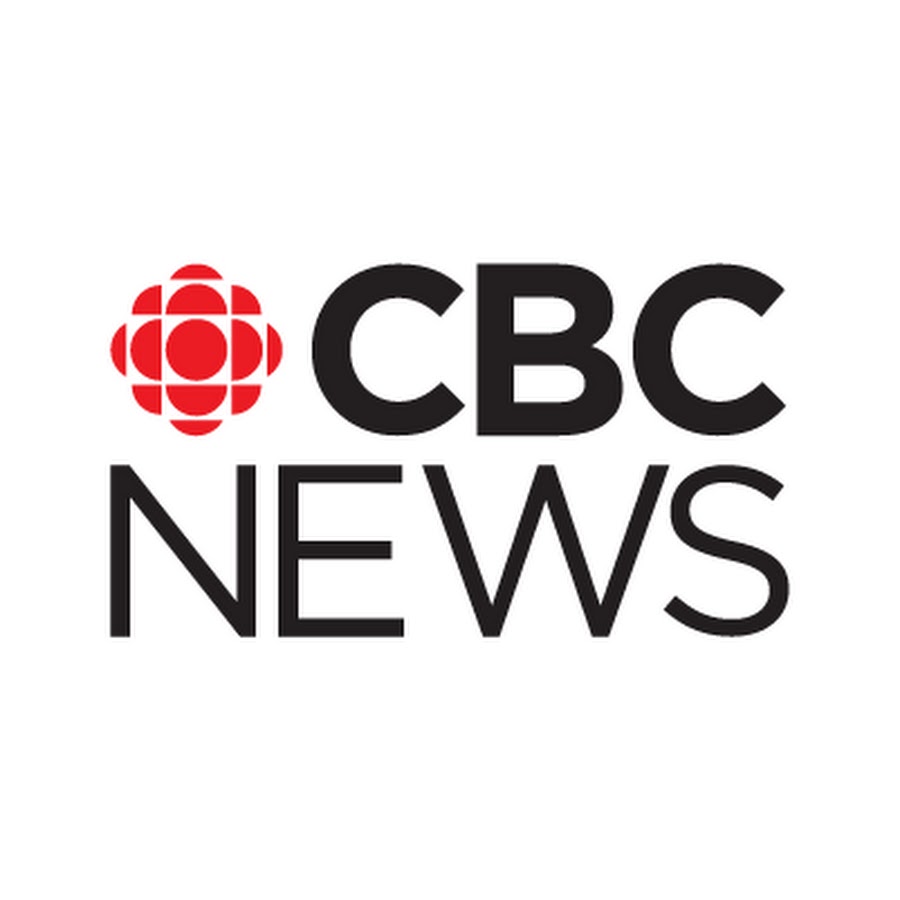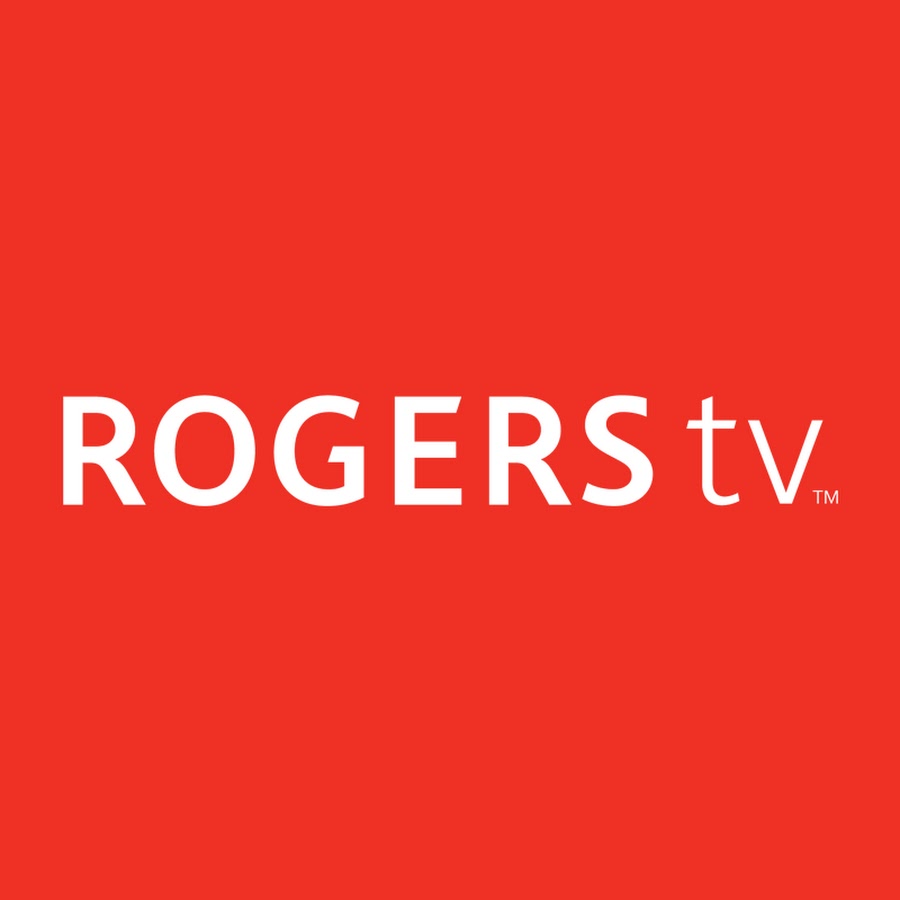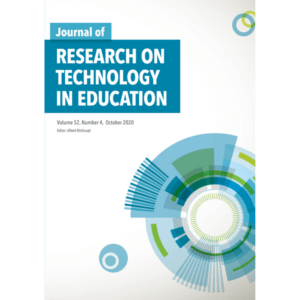Where has the time gone? Connect2013 is a conference to remember. I have so much to share after meeting so many inspiring professionals who are passionate about education. My posts below highlight only a few of the incredible speakers I had the pleasure of meeting at Connect2013!
Rhizomatic Learning – Preparing Students for Uncertainty ~ Dave Cormier
The debate around education often comes down to different ideas about what we mean by learning. There are a number of socio-technical factors that impact education at any given time or in any given context. Dave Cormier believes that we need new visions for why we are assembling people to learn together given the implication of our new communication technologies.
As we transform from scarcity of content to abundance, our learning is evolving as well. We are, in some cases(according to Dave) , also moving from hierarchies to networks. But what are the implications of these changes?
Dave argues that with mulitple voices from multiple points of access, teaching students how to reproduce the right answer is no longer the most important goal. We need to prepare our students to confront uncertainty – to choose between many different options and to assemble knowledge as required. Dave’s story of rhizomatic learning is a story of teaching for uncertainty.
So, what is rhizomatic learning? Well, first we need to understand the meaning of the word rhizome. A rhizome is a plant that is continuously growing horizontally underground. The stem of a rhizome puts out lateral shoots and sends out roots at intervals along its various horizontal pathways. As a model for culture, the rhizome presents history and culture as a map or wide array of attractions and influences with no specific origin or genesis, for a rhizome has no beginning or end; it is always in the middle, between things, ever growing. In this model, culture spreads like the surface of a body of water, spreading towards available spaces or trickling downwards towards new spaces through cracks and gaps, eroding what is in its way, yet always seeking its equilibrium. [http://en.wikipedia.org/wiki/Rhizome_(philosophy) ]
So what does the rhizome have to do with what’s happening in our schools?
Kids today want to actively create and share with the world. Kids also want to connect. Dave believes that as educators we need to nurture a network, or rhizomatic approach to learning. In other words, we work towards creating an ecosystem for learning in our classrooms allowing our individual students to grow into their own spaces. We teach kids where to start by planting the seed. We teach them how to find what they need to learn so they can take root and begin to grow. We focus our curriculum around teaching our students to be digitally literate citizens, and encourage them to spread and grow beyond what they thought possible. And by teaching our students the essential skills they need for the future, we are helping them develop into mature, responsible, independent learners.
Recommended Reading:
Confronting the Challenge of Participatory Culture Media Education for the 21st Century – Henry Jenkins (white paper)
Own it, Activate it, Achieve It ~ Chris Kennedy
Chris Kennedy’s presentation explored the challenges of how we use technology for maximum student benefit. He shared the work that is currently taking place in West Vancouver, and what the roadmap might look like for teachers, schools, and districts over the next five years.
Chris believes that good teaching begins with creative and critical thinking. Why are you using technology? Are you simply doing old things in new ways? Do your math apps look like worksheets on a computer? Are you focused on innovation or improvement? Because the goal, he says, is to do new and different together.
And as I started to think about how I use technology in my classroom to further student achievement, I was left questioning whether all of the tools I use are really shaping the way my students learn. It’s very easy to get caught up in what’s new and innovative, while loosing focus of what really drives student improvement.
You don’t need every tool, but every tool you use you must use well. – Seth Godin
In Chris’ district they have moved to one-to-one learning opportunities beginning in grade 4, with a focus on connecting to the Earth – which takes the form of outdoor classrooms. The underlying themes that connect these two main focuses are digital access for every student and the opportunity for personalized learning, centered around digital literacy, inquiry based learning, and self regulation. We blend formal learning in school with informal learning outside of school. And the entry point for both is digital writing. We are teaching our students to build social networks, or what we call their own learning communities. We provide a core curriculum, with flexibility.
Although geography plays a significant role in the decisions made by leading educators in West Vancouver like Chris Kennedy, there is a lot we can learn from his experiences and success. So why are we using technology? Are we focused on innovation or improvement? Are we doing new and different together?
Blog as Portfolio ~ George Couros
George Couros talked about how educators can tweak their blogs to become portfolios that showcase their teaching and learning, and the idea of a blog as portfolio can be easily transferred to students as well. In George’s school district all students have their own blogs that follows them from K-12. George believes in order to be successful as educators, we must first immerse ourselves in the experiences we want our students to have, and model what you want our kids to do.
So, how are we telling our stories? How are we sharing our learning with others? We blog.
We learn in metaphors and through stories. Data doesn’t move people – stories do. And George’s school district uses blogs as as portfolios to tell those stories. By combining a blog with a showcase portfolio (a students best work), and by teaching students the value of writing in a reflective manner, students create what he calls, Learning Portfolios.
A blog provides a different space where students can focus on all aspects of their literacy program, including 21st century digital literacy skills students need to be successful in the future. Through blogging students establish their own unique online presence, and quickly find other learners who have similar interests and goals. As learning networks start to emerge and students begin sharing and learning together. These networks also give students a new opportunity to take more responsibility for their own learning, while at the same time contributing to the learning of others. Blogs as portfolios is a real example doing new and different together.
To learn more about George, I encourage you to visit his website http://connectedprincipals.com/
We do not learn from experience, we learn from reflecting on experience. – George Couros
Recommended Reading:
Humanize – Notter and Grant
As the Internet has become more central in our lives, we have begun to witness a revival of the importance of being human. – Notter and Grant
More Reflecting . . .
So there were definitely a few common themes I am still thinking about after listening to so many inspiring speakers at Connect2013.
1. Why are we using technology? Remember, the big idea is to do new and different together.
2. Try to create an ecosystem for learning in your classroom by allowing individual students to grow into their own spaces. Teach students where to start and how to find what they need to learn. By doing so we will shape our students into more responsible, independent, digital learners.
3. How will we share our learning with others?
4. You don’t need every tool, but every tool you use you must use well. – Seth Godin
Create. Connect. Share. Reflect.
Leigh Cassell
Elementary Teachers, AMDSB
Founder of the Digital Human Library
More great ideas at Connect2013. . .
GroDigital is a storybook system app that assesses children’s reading using speech recognition software.
Prodigy is a free game-based math learning program (with EQAO content included!)
Each player must answer math questions correctly to perform a spell. Virtual manipulatives are integrated into the game, the program collects data about what skills students have and what skills they need to practice. The program is very intuitive. For example the program adds more questions in an area where students are struggling, OR moves quickly onto the next level of questions if they are achieving immediate success.
PlanBoard helps you get organized and streamline your lesson plans, find resources, and collaborate with others. The best part is, it’s completely free.
This post is also available in: English (Anglais)


